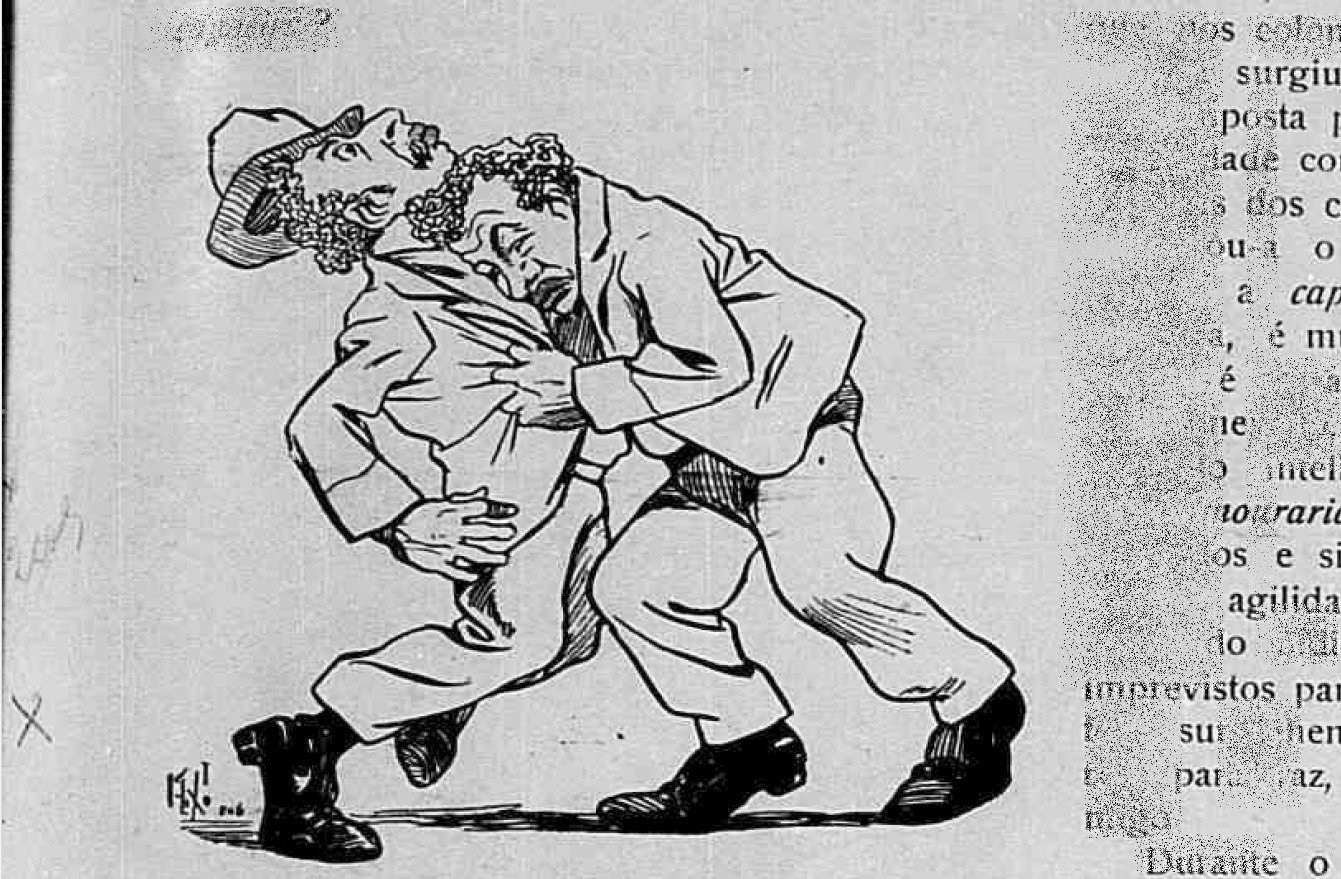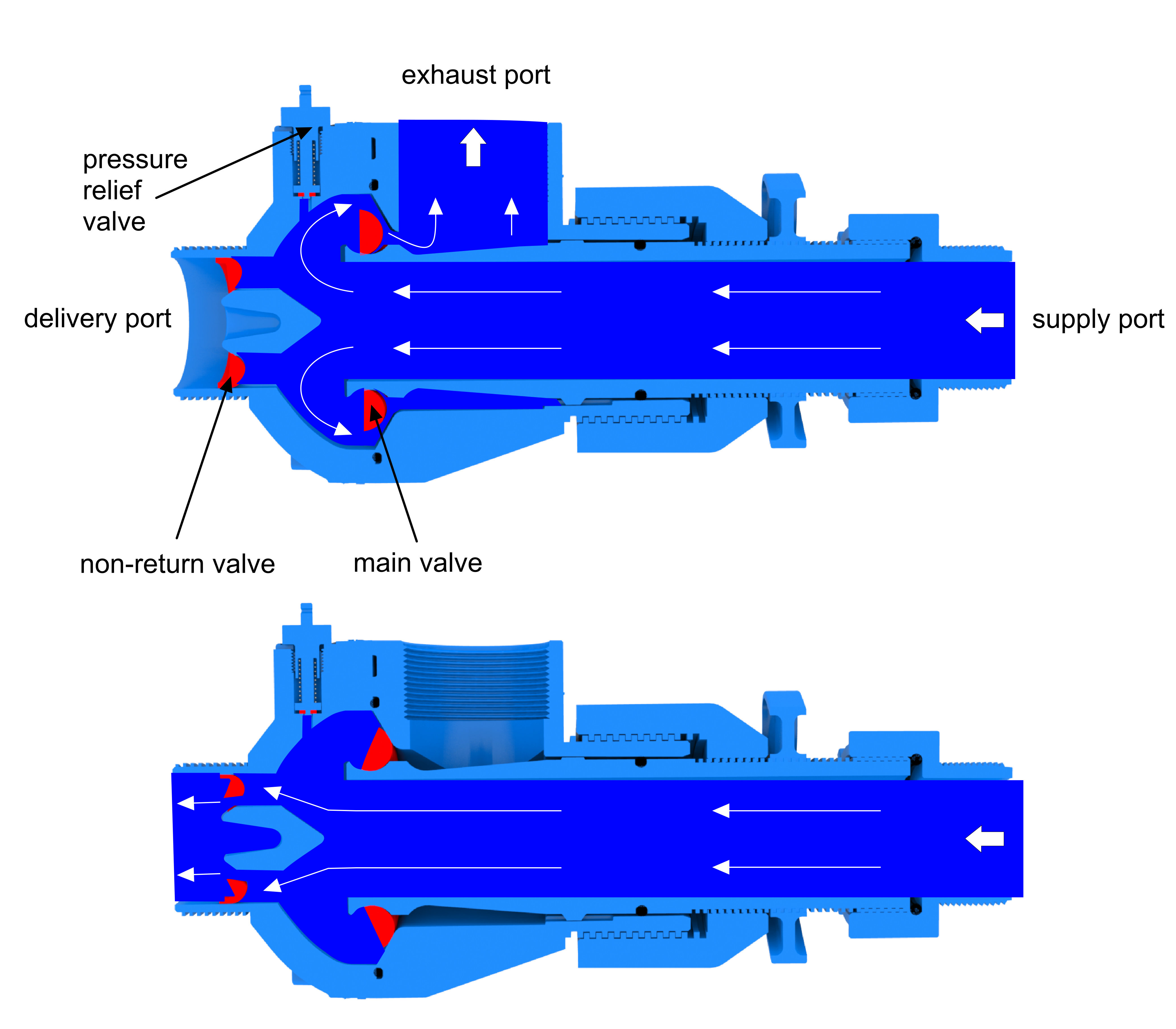|
Headbutt
A headbutt or butt is a targeted strike (attack), strike with the head, typically involving the use of robust parts of the headbutter's Skull#Humans, cranium as the area of impact. The most effective headbutts strike the most sensitive areas of an opponent, such as the Human nose, nose, using the stronger bones in the forehead (frontal bone) or the back of the skull (occipital bone, occipital or parietal bone). The word is both a noun and a verb. Mechanics Headbutts can be used from close range such as from the grappling position#Stand-up grappling position, clinch, or on the grappling position#Ground grappling position, ground. They are typically applied to the head of the opponent, since the head is often a readily available target and has several sensitive areas, but can be delivered to any part of the body. It is considered a quick, very effective but risky maneuver, as a misplaced strike can also cause injury to the person delivering the headbutt. An effective headbutt ... [...More Info...] [...Related Items...] OR: [Wikipedia] [Google] [Baidu] |
Lethwei
Lethwei (; International Phonetic Alphabet, IPA: ) or Burmese boxing is a Full contact fighting, full contact combat sport originating from Myanmar and is considered as one of the most brutal martial arts in the world.} * * * * * * Lethwei fighters use stand-up striking techniques such as kicks, knees, elbows and punches, and the use of headbutts is also permitted. Fighters compete bareknuckle, wrapping their hands with only tape and gauze. Disallowed in most combat sports, headbutts are important weapons in a Lethwei fighter's arsenal, giving Lethwei its name of the "Art of nine limbs". In traditional rules, each corner is allowed one two-minute timeout per fight to revive a KO’d fighter. This, combined with its bareknuckle nature, gave Lethwei a reputation for being one of the bloodiest and most violent martial arts. Although popular throughout Myanmar, Lethwei has been primarily and historically associated with the Karen people of the Kayin State; the vast majority of ... [...More Info...] [...Related Items...] OR: [Wikipedia] [Google] [Baidu] |
Strike (attack)
A strike is a directed, forceful physical attack with either a part of the human body or with a handheld object (such as a melee weapon), intended to cause blunt trauma, blunt or penetrating trauma upon an opponent. There are many different varieties of strikes. A strike with the hand closed into a fist is called a ''punch (strike), punch'', a strike with a fingertip is called a ''jab'', a strike with the leg or foot is called a ''kick'', and a strike with the head is called a ''headbutt''. There are also other variations employed in martial arts and combat sports. "Buffet" or "beat" refer to repeatedly and violently striking an opponent; this is also commonly referred to as a combination, or combo, especially in boxing or fighting video games. Usage Strikes are the key focus of several sports and arts, including boxing, savate, karate, Muay Lao, taekwondo and wing chun. Some martial arts also use the fingertips, wrists, forearms, shoulders, back and hips to strike an oppone ... [...More Info...] [...Related Items...] OR: [Wikipedia] [Google] [Baidu] |
Pheromones
A pheromone () is a secreted or excreted chemical factor that triggers a social response in members of the same species. Pheromones are chemicals capable of acting like hormones outside the body of the secreting individual, to affect the behavior of the receiving individuals. There are '' alarm pheromones'', ''food trail pheromones'', '' sex pheromones'', and many others that affect behavior or physiology. Pheromones are used by many organisms, from basic unicellular prokaryotes to complex multicellular eukaryotes. Their use among insects has been particularly well documented. In addition, some vertebrates, plants and ciliates communicate by using pheromones. The ecological functions and evolution of pheromones are a major topic of research in the field of chemical ecology. Background The portmanteau word "pheromone" was coined by Peter Karlson and Martin Lüscher in 1959, based on the Greek () and (). Pheromones are also sometimes classified as ecto-hormones ("ecto-" ... [...More Info...] [...Related Items...] OR: [Wikipedia] [Google] [Baidu] |
Scent Glands
Scent gland are exocrine glands found in most mammals. They produce semi-viscous secretions which contain pheromones and other semiochemical compounds. These odor-messengers indicate information such as status, territorial marking, mood, and sexual behaviour. The odor may be subliminal—not consciously detectable. Though it is not their primary function, the salivary glands may also function as scent glands in some animals. In even-toed ungulates The even-toed ungulates (Artiodactyla) have many specialized skin glands, the secretions of which are involved in semiochemical communication. These glands include the sudoriferous glands (located on the forehead, between the antlers and eyes), the preorbital glands (extending from the medial canthus of each eye), the nasal glands (located inside the nostrils), the interdigital glands (located between the toes), the preputial gland (located inside the foreskin of the penis), the metatarsal glands (located outside of the hind l ... [...More Info...] [...Related Items...] OR: [Wikipedia] [Google] [Baidu] |
Bunting (animal Behavior)
Bunting is a form of animal behavior, often found in felids, in which the animal butts or rubs its head against other things, including people. Bunting as a behaviour can be viewed as a variation of scent rubbing. This is when an animal, typically a carnivore, will rub its back on a scent, such as that of prey, or on the urine of an animal of the same species. Evolutionarily speaking, scent rubbing is the oldest form of olfactic communication, scent communication and bunting is a derivative of this behaviour. Rolling in the scent of another animal was an adaptation to camouflage the scent of a predator or outside male, in order to get closer to mates. Bunting is generally considered to be a form of territorial scent-marking behaviour, where the cat rubs the scent glands on its cheeks and forehead on the object being marked. After a display of aggression, a cat will begin bunting nearby objects as a form of Territory (animal), territorial display toward a rival cat. Bunting and al ... [...More Info...] [...Related Items...] OR: [Wikipedia] [Google] [Baidu] |
Hydraulic Ram
A hydraulic ram pump, ram pump, or hydram is a cyclic pump, cyclic water pump powered by hydropower. It takes in water at one "hydraulic head" (pressure) and flow rate, and outputs water at a higher hydraulic head and lower flow rate. The device uses the water hammer effect to develop pressure that allows a portion of the input water that powers the pump to be lifted to a point higher than where the water originally started. The hydraulic ram is sometimes used in remote areas, where there is both a source of Low head hydro power, low-head hydropower and a need for pumping water to a destination higher in elevation than the source. In this situation, the ram is often useful, since it requires no outside source of Power (physics), power other than the kinetic energy of flowing water. History In 1772, John Whitehurst of Cheshire, England, invented a manually controlled precursor of the hydraulic ram called the "pulsation engine" and installed the first one at Oulton, Cheshir ... [...More Info...] [...Related Items...] OR: [Wikipedia] [Google] [Baidu] |
Battering Ram
A battering ram is a siege engine that originated in ancient times and was designed to break open the masonry walls of fortifications or splinter their wooden gates. In its simplest form, a battering ram is just a large, heavy log carried by several people and propelled with force against an obstacle; the ram would be sufficient to damage the target if the log were massive enough and/or it were moved quickly enough (that is, if it had enough momentum). Later rams encased the log in an arrow-proof, fire-resistant canopy mounted on wheels. Inside the canopy, the log was swung from suspensory chains or ropes. Rams proved effective weapons of war because at the time wall-building materials such as stone and brick were weak in tension, and therefore prone to cracking when impacted with force. With repeated blows, the cracks would grow steadily until a hole was created. Eventually, a breach would appear in the fabric of the wall, enabling armed attackers to force their way thr ... [...More Info...] [...Related Items...] OR: [Wikipedia] [Google] [Baidu] |
Mouflon
The mouflon (''Ovis gmelini'') is a wild sheep native to Cyprus, and the Caspian region, including eastern Turkey, Armenia, Azerbaijan, Georgia and Iran. It is also found in parts of Europe. It is thought to be the ancestor of all modern domestic sheep breeds. Taxonomy ''Ovis gmelini'' was the scientific name proposed by Edward Blyth in 1841 for wild sheep in the Middle East. In the 19th and 20th centuries, several wild sheep were described that are considered mouflon subspecies today: * ''Ovis ophion'' by Blyth in 1841 for wild sheep in Cyprus; * ''Ovis laristanica'' by Nikolai Nasonov in 1909 for wild sheep in Lar in southern Iran; * ''Ovis orientalis isphahanica'' by Nasonov in 1910 for wild sheep in the Zagros Mountains. Subspecies Five mouflon subspecies are distinguished by MSW3: * Armenian mouflon (Armenian red sheep), ''O. g. gmelini'' : nominate subspecies; native to northwestern Iran, Armenia, and Azerbaijan. It has been introduced to Texas in the U.S. * Esfahan ... [...More Info...] [...Related Items...] OR: [Wikipedia] [Google] [Baidu] |
The Mummy Returns
''The Mummy Returns'' is a 2001 American fantasy action-adventure film written and directed by Stephen Sommers. It is the sequel to the 1999 film ''The Mummy'', and the second in ''The Mummy'' film series. Brendan Fraser, Rachel Weisz, John Hannah, Arnold Vosloo, Oded Fehr, and Patricia Velásquez reprise their roles from the previous film, with Dwayne "The Rock" Johnson joining the cast in his film acting debut. The film was released on May 4, 2001 by Universal Pictures. Like its predecessor, ''The Mummy Returns'' was a commercial success, grossing $435 million worldwide, becoming the seventh-highest-grossing film of 2001 and the highest-grossing film of the series. The film received mixed reviews from critics. It was followed by a 2002 prequel film, '' The Scorpion King'' and a 2008 sequel, '' The Mummy: Tomb of the Dragon Emperor''. Plot In 3067 B.C., a warrior known as the Scorpion King leads an army to conquer the world. However, they are eventually defeated, ... [...More Info...] [...Related Items...] OR: [Wikipedia] [Google] [Baidu] |
Fighting Game
The fighting game video game genre, genre involves combat between multiple characters, often (but not limited to) one-on-one battles. Fighting game combat often features mechanics such as Blocking (martial arts), blocking, grappling, counter-attacking, and chaining attacks together into "Combo (video games), combos". Characters generally engage hand-to-hand combat, often with martial arts, but some may include weaponry. Battles are usually set in a fixed-size arena along a two-dimensional Plane (mathematics), plane, where characters navigate the plane horizontally by walking or dashing, and vertically by jumping. Some games allow limited movement in 3D space, such as ''Tekken (video game), Tekken'' and Soulblade while some are set in fully three-dimensional environments without restricting characters' movement, such as Power Stone (video game), ''Power Stone'' and ''Naruto: Ultimate Ninja Storm''; these are sometimes referred to as "3D arena" fighting games. The fighting game ... [...More Info...] [...Related Items...] OR: [Wikipedia] [Google] [Baidu] |





